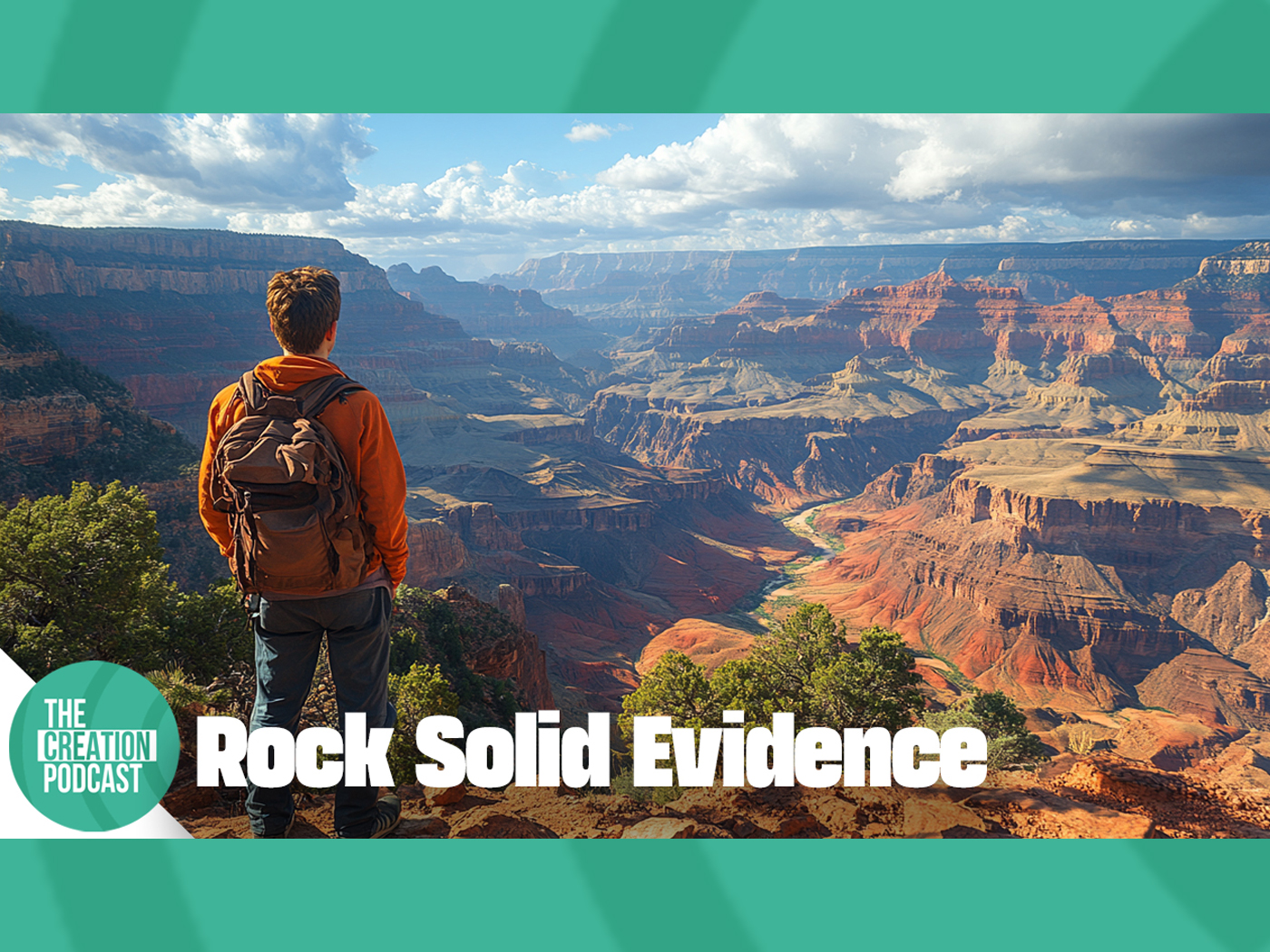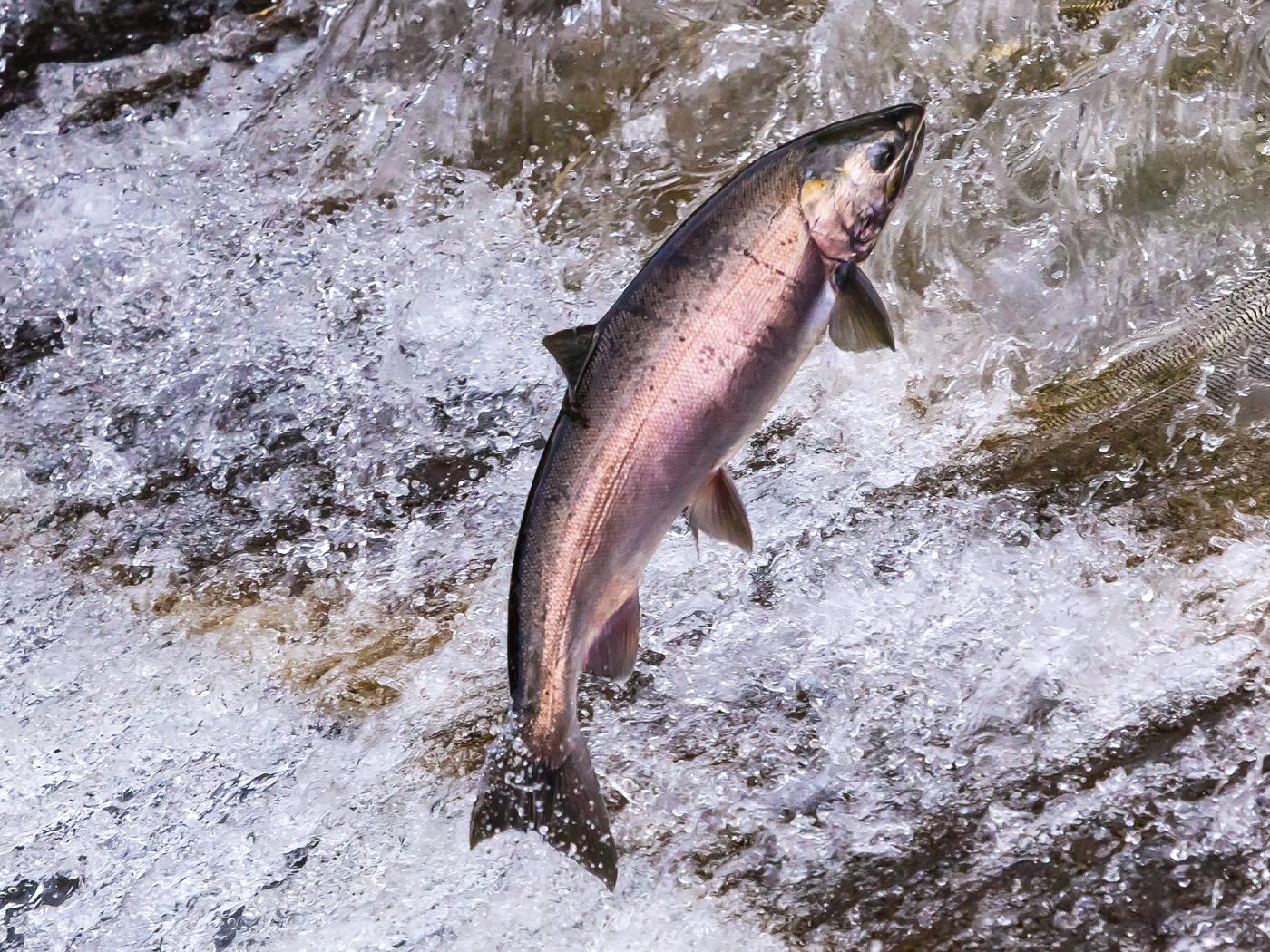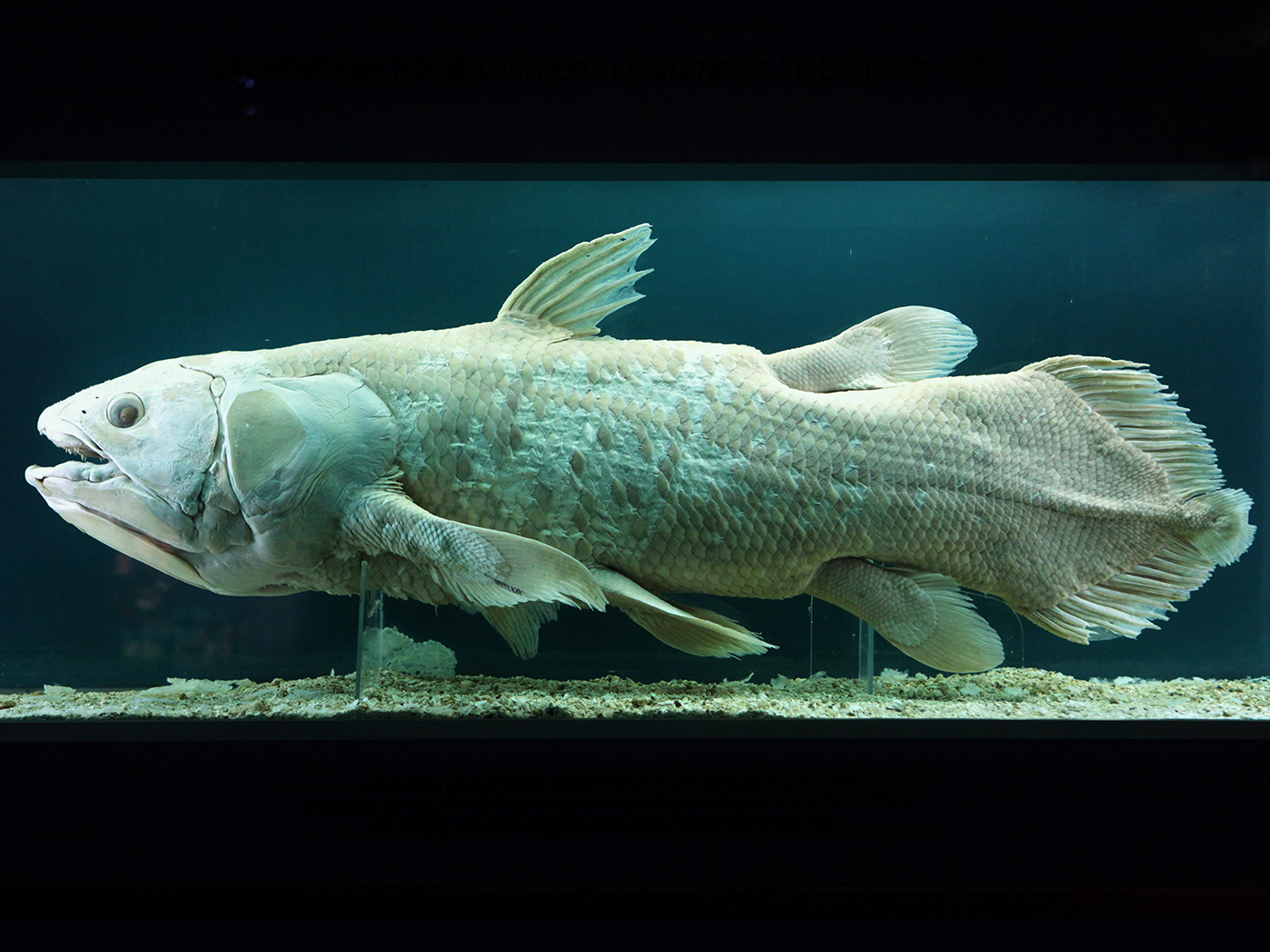How could dinosaur proteins persist over 70 million years inside dinosaur bones? That’s one of the biggest questions that secular paleontologists have faced in the last two decades. Many of them reason that some unique but undiscovered set of conditions grant proteins power to defy all odds and somehow survive unimaginable time scales. They think someone, someday, will discover the protein’s secret to survival. A new model suggests those long-sought conditions have come forth. And the once-secret rescuing device has a name: Maillard reactions. Does this common chemistry really explain the issue like its champions suggest, or does it leave ancient organics just as frail as ever?
Maillard reactions happen when proteins react with sugars to form dark-colored polymers. It’s what makes bread crusts and puts the outer crust on French fries. It happens between 280 and 330 °F—temperatures that some fossils reached while buried deep beneath the earth. A new feature in the journal Science highlights the recent toast model of Jasmina Wiemann and her former supervising professor Derek Briggs at Yale University.1 They claimed in 2018 that this crusty protein-turned-polymer “explains the preservation of fragile soft tissues in certain chemical environments through deep time.”2
The new feature in Science shows that deep-time advocates are latching onto the toast model of tissue preservation.3 Those hopping on this bandwagon believe that the model’s premise rolls along just fine. However, four failures break off the wheels of this toast model.
First, the toast model teaches that the original proteins have turned into crusty polymers, but several technical papers have reported quite soft, flexible, stretchy protein-packed tissues in fossils.4
Second, the toast model teaches that the original proteins turned into dark polymers, and yet several researchers have reported clear, white, and light-colored proteins in fossils.
A third failure comes from the fact that nobody actually knows how long these polymers can last, let alone that they could last tens of millions of years. Synthetic polymers, like plastics, should be stronger than toasted tissues, yet they begin degrading before our very eyes. Gretchen Vogel wrote in the Science feature that the polymers “can apparently last for eons.”1 This is only “apparent” to those already committed to the idea of “eons.” The polymers lasted for millions of years for those who assume the fossils are that old. Meanwhile, nobody has yet run decay experiments on AGE’s (Advanced Glycation End products) or ALE’s (Advanced Lipoxidation End products).
A final failure offers an even greater threat to the toast model bandwagon’s progress. Even though the fossils that Wiemann and Briggs selected have Maillard-derived polymers, those polymers may have nothing to do with the presence of actual proteins detected and even sequenced from dinosaur and other remains.4 Explaining the origins of saran wrap sidesteps the origins of the steak it covers.
Do Maillard reactions really rescue soft tissue fossils from the ravages of deep time? Only in the minds of those who care about rescuing millions of years more than they care about accurate science. The idea that these fossils formed thousands, not millions, of years ago explains both original organics in fossils and protein decay rates.
References
1. Vogel, G. 2019. Seeing Fossils in a New Light. Science. 366 (6462): 176-178.
2. Wiemann, J. et al., 2018. Fossilization transforms vertebrate hard tissue proteins into n-heterocyclic polymers. Nature Communications. 9: 4741.
3. Thomas, B. Soft Tissue Fossils Preserved by Toasting? Creation Science Update. Posted on icr.org December 20, 2018, accessed September 16, 2019.
4. See references in Thomas, B., S. Taylor, and K. Anderson. 2019. Some strengths and weaknesses of the polymer shield explanation for soft tissue fossils. Journal of Creation. 33 (2): 6-9.
Dr. Brian Thomas is Research Associate at the Institute for Creation Research.
Do Maillard Reactions Explain Dinosaur Proteins?
The Latest
CREATION PODCAST
Earth’s Origins: Science, Theology, and a New Geology Textbook...
Since the late eighteenth century, most scientists have argued for a uniformitarian view of Earth’s history. They claim the world...
June 2025 ICR Wallpaper
"He has made everything beautiful in its time. Also He put eternity in their hearts, except that no one can find out the work that God does from...
CREATION.LIVE PODCAST
Getting the Gospel into People's Hands | Creation.Live Podcast:...
Can God use an atheist airline pilot to reach other nations with the truth of the Gospel? The answer, obviously, is yes.
Host...
Chimp Genome Markedly Different from Human
An oft-repeated claim of evolutionary propaganda is that chimpanzee and human DNA are 98.5% identical. This high level of DNA similarity, which has...
''73-Million-Year-Old'' Alaskan Salmon
Fish evolution remains an enigma. Evolutionists can only say fish first “appeared” over a half-billion years ago.1 Creationists...
God's Memorial Day
“And God said moreover unto Moses, Thus shalt thou say unto the children of Israel, The LORD God of your fathers, the God of Abraham, the God of...
The Origin of Eukaryotes
Eukaryotes are multicellular organisms that contain diverse differentiated cell types. Within almost every cell there are subcellular compartments called...
CREATION PODCAST
Water vs. Wind: The Controversial Coconino | The Creation Podcast:...
Welcome to the sixth episode in a series called “The Failures of Old Earth Creationism.” Many Christians attempt to fit old...
Fossil Fish Finally Filmed
The bizarre lobe-finned coelacanth (Latimeria chalumnae) “that flourished some 350 million years ago”1 continues to be a thorn...
The Mosasaur: A Giant Sea Dragon
Mosasaurs (order Squamata) were massive marine lizards that were common in the pre-Flood oceans. Therefore, it is not surprising that their fossils...
















